Polar anuncia hoy un nuevo sensor de pulso óptico con nombre de alarma de hogar. El Polar Verity Sense es una actualización de su ya más que conocido Polar OH1 (que pasó a llamarse OH1+ cuando se actualizó con ANT+).
Llevo usando el OH1 desde hace varios años en muchas de mis pruebas y comparativas, tanto por su rendimiento (probablemente sea el mejor sensor óptico externo del mercado) como por permitirme grabar un entrenamiento de forma individual sin tener que llevar otro dispositivo grabando. Aunque últimamente estoy teniendo algunos problemas de autonomía y tengo que tramitar una garantía, aunque eso ya es otro tema.
Dándole un vistazo rápido al sensor parece que poco ha cambiado más allá de la estética de la correa que lo soporta. Pero si miramos por dentro y a las especificaciones vemos que se trata de una buena actualización técnica que mejora varios aspectos y lo dota de más funcionalidades.
Sin más dilación yo creo que lo mejor es que pase a detallarte esos cambios con respecto al modelo actual.
Navegar a secciones específicas
Novedades del Polar Verity Sense
Como decía, estéticamente parece que hay pocos pocos cambios. Polar ha mantenido la carcasa y diseño del propio sensor óptico, donde ha aplicado cambios ha sido al soporte de la correa, a la parte electrónica y al software interno del dispositivo.
- Aumento de la autonomía. El OH1+ anunciaba hasta 12 horas de uso, mientras que el Verity Sense pasa a ofrecer ahora hasta
20 horas30 horas tras la actualización 1.1.5 - Más memoria interna. Ahora puede guardar hasta 600 horas de entrenamiento en su interior
- Dos conexiones Bluetooth simultáneas, pudiendo conectar a un reloj y una aplicación al mismo tiempo (por ejemplo a la hora de hacer rodillo). Mantiene la conectividad ANT+
- Más resistencia al agua, de 30m a 50m
- Nuevo modo de funcionamiento para natación que captura métricas en piscina (número de largos, distancia, tiempo)
- Nuevo diseño del soporte de la correa
- Ese soporte permite amplificar la señal, ofreciendo un rango de alcance de hasta 150m
- Brazalete desmontable. Ahora se puede retirar el soporte de la correa para poder lavarla en la lavadora
Muchas pequeñas cosas que al final se transforman en una buena actualización.
Quizás la mejora más «tangible» sea el nuevo canal de Bluetooth que ofrece. El Polar OH1 original (y el OH1+ después) sólo permitían conectar con un dispositivo. Si conectabas el sensor con tu reloj a través de Bluetooth para grabar un entrenamiento ya no podías conectar con ningún otro dispositivo o aplicación.
Supongamos que quieres hacer algo de rodillo en Zwift. Con el OH1 sólo podrías enviar datos a través de Bluetooth a un único dispositivo. Ahora, al contar con el doble de canales, podrás grabar (o simplemente ver los datos) desde el reloj y desde la aplicación. O grabar un entrenamiento en cinta de correr con un reloj, a la vez que ves en la pantalla de la cinta tus pulsaciones.
Lo que se mantiene igual es la compatibilidad con dispositivos ANT+. Bajo ese estándar y por su forma de funcionar, no hay límite de conexiones. Si usas un dispositivo con conectividad dual (como un Garmin o Wahoo) mi recomendación es optar primero por ANT+, dejando entonces dos canales Bluetooth libres para cualquier otro uso que se te pueda antojar en otro momento.
En cuanto al aumento del rango hasta 150m supongo que los lectores habituales de esta página no es algo que vayáis a tener muy en cuenta por la tipología de deporte practicado. Ese rango ampliado está pensado para deportes de equipo (o también de contacto).
Polar vende sus sensores como parte de soluciones para equipos, por lo que el Verity Sense va a ser una parte importante de su oferta. No tienes más que pensar en un equipo de fútbol, cada jugador podrá llevar un sensor y se podrá controlar su frecuencia cardíaca desde la banda.
Ese aumento se produce gracias al nuevo soporte del sensor, pues cuenta con una antena adicional interna que amplifica la señal de transmisión del propio sensor. Es decir, no ha cambiado el diseño de la antena interna o su tamaño, sino que es la correa la que permite ampliar la señal.
Ahora ofrece mayor duración de batería. Es un añadido que se agradece, aunque sigue pecando del mismo defecto del OH1 y es que no hay forma de saber cuánta batería restante le queda. Sí, el LED indicador de modo parpadeará cuando ya queda poca batería, pero agradecería que hubiese otra forma de consultar el estado de la batería en cualquier momento y saber, aunque sea, si está al 50% o al 25%.
En modos de funcionamiento Polar ha añadido uno más con respecto a lo que teníamos en los OH1. Son los siguientes:
- Modo sensor – En este modo funciona como un sensor de frecuencia cardíaca estándar, enviando los datos a cualquier otro dispositivo compatible con ANT+ y Bluetooth. El LED parpadea en azul.
- Modo independiente – El Verity Sense guardará los datos de frecuencia cardíaca de tu entrenamiento en su memoria interna, y después podrás descargar el entrenamiento desde el teléfono móvil con la aplicación de Polar. En este modo el LED parpadea en verde.
- Modo natación – Esta es la nueva posibilidad que está presente en el Verity Sense. El OH1+ añadió (además de ANT+) un soporte específico para las gafas de natación, pero simplemente registraba frecuencia cardíaca. Ahora sí registra datos de natación, seleccionando previamente la distancia de piscina en la aplicación.
Sin embargo, al añadir un nuevo modo ha cambiado la operativa. Personalmente pienso que a peor.
En los modelos anteriores, al encender el OH1 lo hacía siempre en el modo sensor. Si queríamos grabar la sesión simplemente teníamos que pulsar el botón en dos ocasiones, pasando a grabar a partir de ese momento. Es decir, teníamos control total de cuándo comenzaba a grabar.
Ahora esto cambia. El Verity Sense se enciende en el último modo que hayamos utilizado y, si queremos cambiar de modo, tenemos un corto espacio de tiempo para pulsar el botón y seleccionar el nuevo. Una vez pasado ese tiempo comenzará a funcionar en el modo seleccionado y ya no podremos cambiar de modo salvo que apaguemos el sensor.
Eso significa que ya no puedes controlar cuándo empiezas a grabar de forma efectiva, sino que lo hará unos segundos más tarde de que hayas presionado el botón y seleccionado el modo.
También tiene otro problema, si llevas el sensor debajo de una manga larga o chaqueta no se ve el LED de control, por lo que no sabes si está en el modo correcto o no.
Puestos a pedir, y dado que el sensor cuenta con memoria para guardar el entrenamiento, Polar debería encontrar la manera de descargar los datos del sensor al reloj. Garmin lo hace, Suunto también, Polar son los únicos que no lo hacen. Eso sería muy útil precisamente para la natación, porque aunque podamos registrar el entrenamiento directamente con el Verity Sense, ya sabes que los triatletas no somos mucho de mirar el reloj de la pared de la piscina.
Comprar Polar Verity Sense
Espero que este análisis completo te haya ayudado a decidir si es un dispositivo válido para ti o no. Todo el trabajo que realizo puedes consultarlo sin ningún tipo de coste, pero si quieres apoyar la web y con ello el trabajo que realizo, la mejor forma de hacerlo es comprar tu nuevo dispositivo a través de los enlaces que facilito a continuación.
Y si no lo compras hoy, ¡acuérdate de pasar por aquí cuando vayas a hacerlo! A través de estos enlaces no sólo conseguirás un precio muy competitivo y la mejor atención al cliente, sino que además yo recibiré un pequeño porcentaje sin que a ti te cueste ningún desembolso adicional. Eso es lo que permite que pueda seguir ofreciéndote pruebas como esta en la página.
Polar Verity Sense; disponibilidad, precio y opinión
El Polar Verity Sense ya está disponible y lo puedes comprar desde ya mismo, los envíos comenzarán a realizarse a partir de la semana que viene.
El precio es prácticamente el mismo que el del OH1, aunque ha aumentado hasta los 89€ (por los 80€ que cuesta el sensor anterior).
Esos 9€ suponen una muy buena inversión teniendo en cuenta las nuevas cosas que nos aporta. No creo que a la hora de comprar el sensor nadie dude de si gastar esa cantidad adicional en el nuevo modelo, incluso aunque creas que no vas a aprovechar alguna de las nuevas funciones. Aunque sólo sea por la autonomía adicional ya merece la pena.
En cuanto a funcionamiento, el del OH1 ya era prácticamente impecable. De hecho en algunas ocasiones incluso mejor que la banda de pecho, especialmente en invierno a causa del frío. Del Verity Sense espero lo mismo porque Polar ha mantenido el diseño del propio sensor inalterado, y el soporte además de ser mejor es también más grande, por lo que es capaz de bloquear toda la luz externa.
Eso es todo, ya sabes que si tienes cualquier duda respecto al Polar Verity Sense (o también respecto a las diferencias con el OH1 o incluso otros sensores de pulso) abajo tienes los comentarios donde dejar tus preguntas.
Y con eso… ¡gracias por leer!

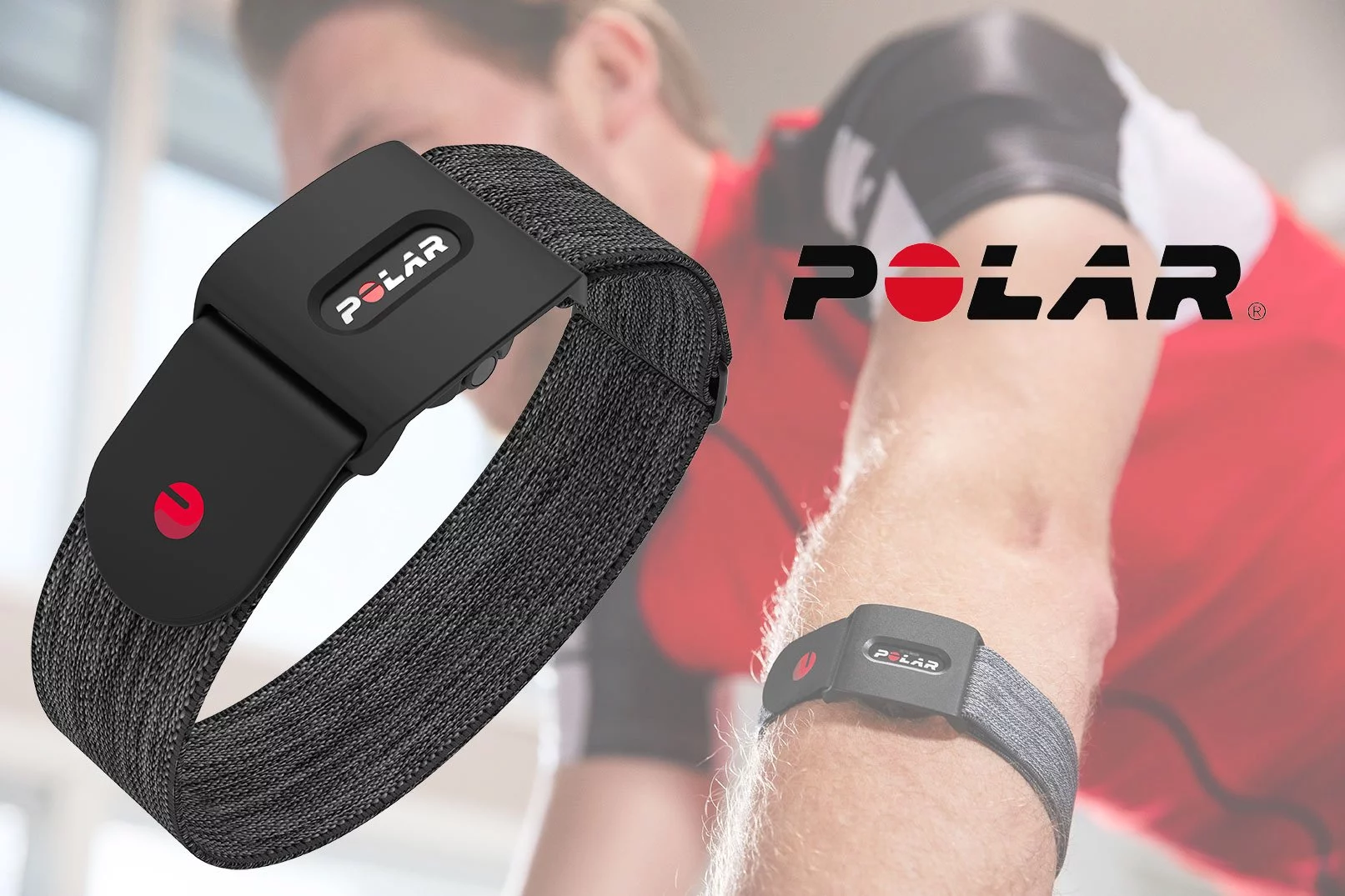





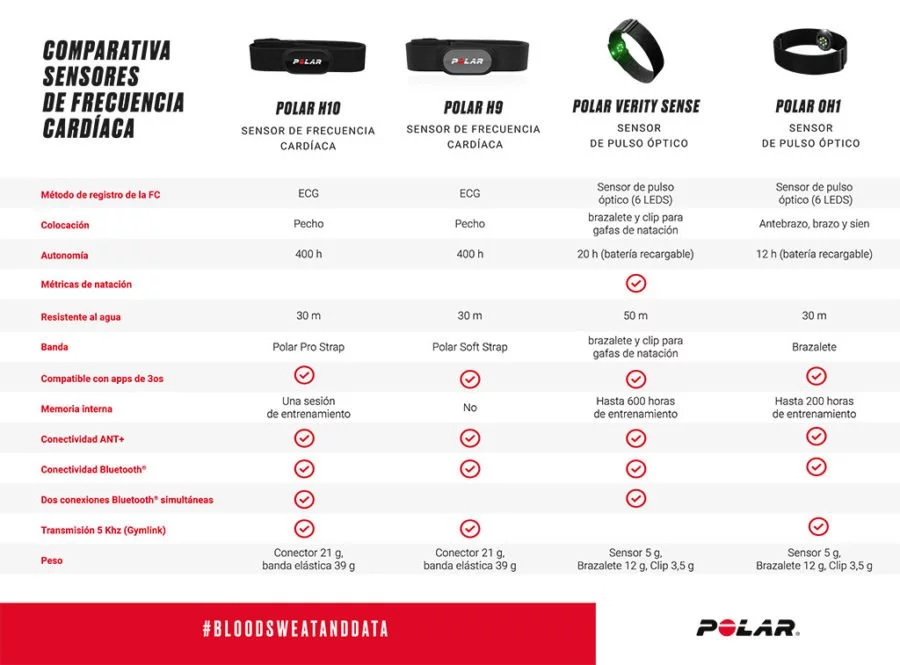

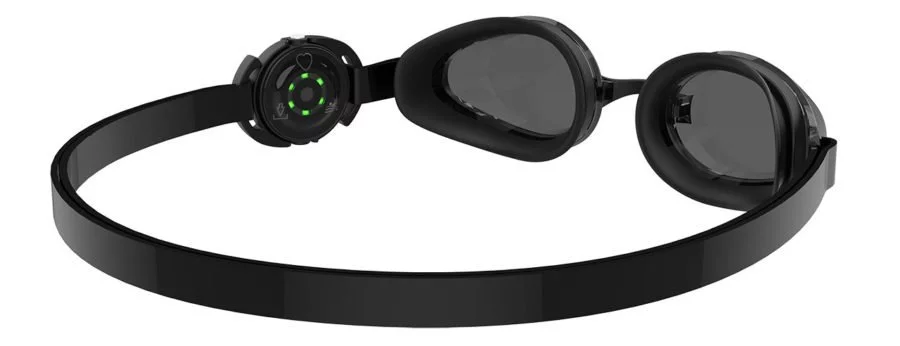
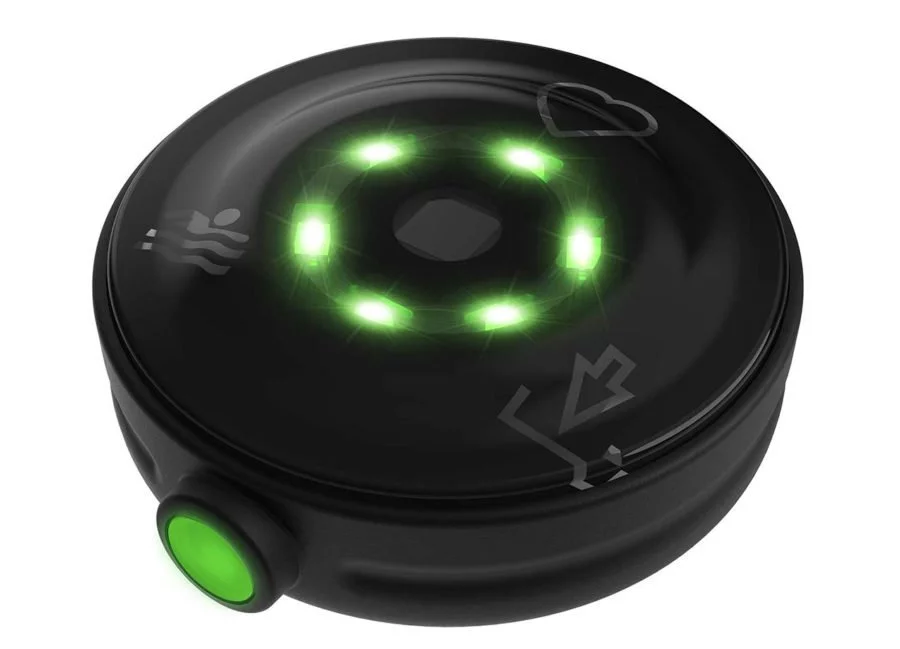
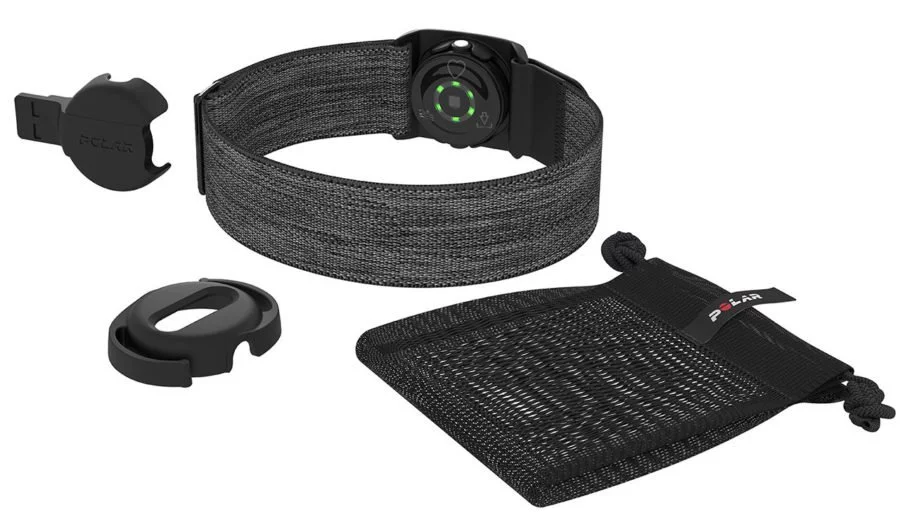
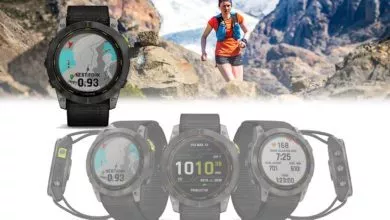
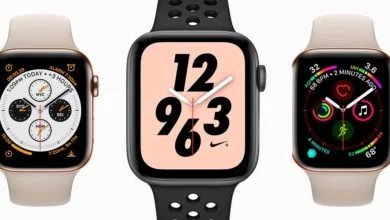
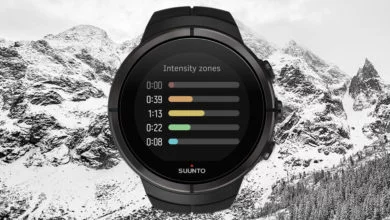
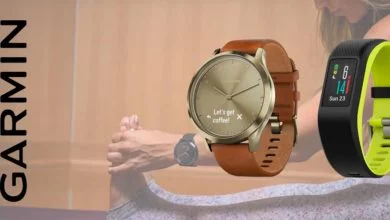
Hola Eduardo y felicitaciones por esta gran pagina.
Varias cosas. hace un mes me hice con un Fenix 6 y la decepción con el sensor optico es de aupa,
Estaba por comprarme un HR pro, pero al ver esta notica me crea dudas de cual será mejor, me das tu opinión.
Y para la piscina que tal funciona? es más real que en la muñeca? y ese adaptador para las gafas??
Gracias de antemano y un saludo
Puedes echar un vistazo a este artículo para entender bien las diferencias entre los tipos de sensores: https://www.correrunamaraton.com/pulsometro-como-funciona/
Todo depende de las molestias que te produzcan uno u otro. Como funcionamiento y comodidad el Polar lógicamente es mucha mejor opción, pero sigue sin hacer una medición directa, para bien o para mal.
Para piscina es mucha mejor opción, más que nada porque los datos de FC en la muñeca, en el agua, no sirven para prácticamente nada. Lo único es que no podrás sincronizarlo con el entrenamiento que hagas con tu Garmin (cosa que con el HRM-Pro sí podrías).